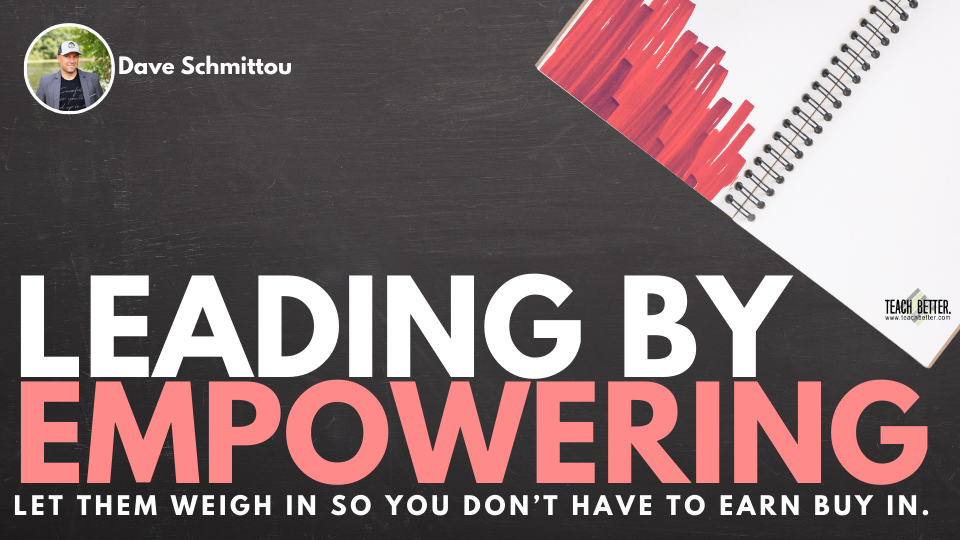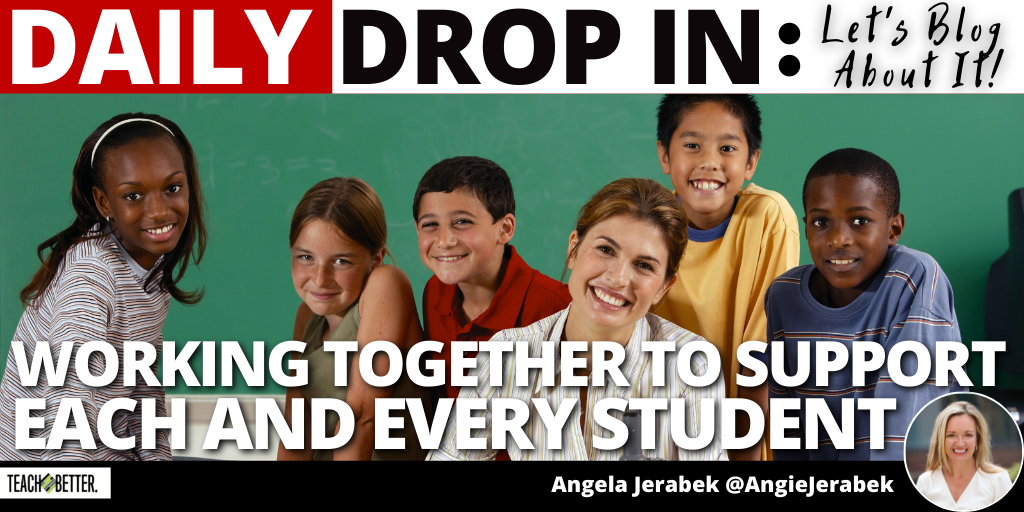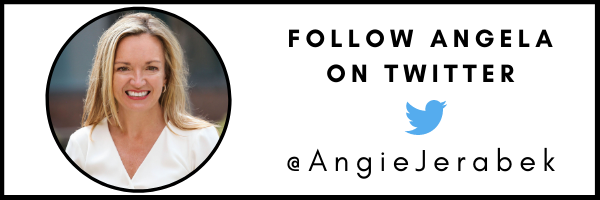TL;DR:
- This post shares a reflection on supporting students.
- Developing staff-to-staff relationships allows colleagues to share information learned about students so it is not a solo responsibility.
I had the good fortune to be on the Daily Drop In last week, interviewed by one of the most gracious hosts I have ever encountered—Rae Hughart. She and I clicked. It was fantastic.
What did we click on?
We connected on the need for collaboration among teachers. Rae talked about an “island effect.” I talked about siloes. They amount to the same thing—isolation among teachers.
How many times have we heard the following this year: “You are not alone,” “We can get through this together, ” or “Stronger together”? The message has been consistent. When times are tough, seek out others for strength.
Why, then, do we see schools doing the opposite? When the classroom door shuts, the teacher is alone with a roomful of students. Students with whom the teacher has varying degrees of knowledge and connection.
In my interview with Rae, I talked about the need to know every student. In particular, I said it was important to know them as a whole person—their strengths, interests, extra-curricular activities, home life, and so on. A listener sent something through the chat. He said (rightfully so), “Reaching every student is overwhelming.” He wanted guidance on how to do that.
Click here to watch our conversation!
I responded by saying that it wasn’t his responsibility alone to know every student.
Granted, if I thought it was my job as a classroom teacher to know every student in-depth, I would feel overwhelmed, too. But it’s not solely my job. It’s a shared responsibility.
Teachers deserve to have the confidence and relief to know that this is not their work alone. Knowing the students shouldn’t be such a big job because everyone shares the load. Click To TweetHere’s where the work comes in: developing staff-to-staff relationships. If you have good relationships with your colleagues and you share information about students, then across the board, you will know your students well. The math teacher may not know that a particular student is good in English, and the English teacher may not know that their high achieving student is struggling in science and can’t make up labs because of responsibilities at home. But if the math, English, and science teachers talk about this student and compare notes, they will see the whole picture. They will put the pieces of the puzzle together and come up with a whole picture of this student.
Teachers deserve to have the confidence and relief to know that this is not their work alone. Knowing the students shouldn’t be such a big job because everyone shares the load. And as we have heard all year, if we’re in it together, we are stronger and we will make it…together.
Check out the BARR website, Facebook, Twitter, Instagram, LinkedIn, and YouTube pages!
[scroll down to keep reading]
About Angela Jerabek
Angela Jerabek is the founder and executive director of BARR Center. Jerabek developed the BARR model 20 years ago and has expanded it from one school in the Midwest to more than 200 schools throughout the U.S., serving over 150,000 students.
Jerabek has published five books and several op-eds and articles in various publications. Often looked to for her expertise, Jerabek has been featured in USA Today, National Public Radio, and CNBC. In the fall of 2020, she was a co-panelist with John B. King Jr., the 10th United States Secretary of Education under President Barack Obama. Jerabek has presented at the White House at the “Evidence in Education Roundtable” in 2016 as well as at International Education events.
Jerabek was recently awarded the Donald McNeely Center Social Entrepreneur of the Year by the College of Saint Benedict and Saint John’s University.



